I started to write this a few days ago at the rail station in Lancaster, in the north of England. I was waiting for a train to Grange-Over-Sands, Cumbria, on my way to the Lake District – one of my favorite spots on Earth. As I waited, I saw a number of trains with the word Virgin emblazoned upon them, gliding in and out of the station. There were trains of other companies, too, but these creaked and rattled frightfully as they lurched in and out.
The Virgin trains looked astonishing to me: sleek, clean, brightly painted, beautifully designed and built.
They rolled effortlessly – a vision of intelligence, efficiency and grace. They clearly put their competitors in the shade – we’re talking total eclipse. In fact, I’m sure Virgin has no real competition in this regard; its rolling stock looked decades ahead of the others – rather like comparing a Maserati to a Morris Oxford.
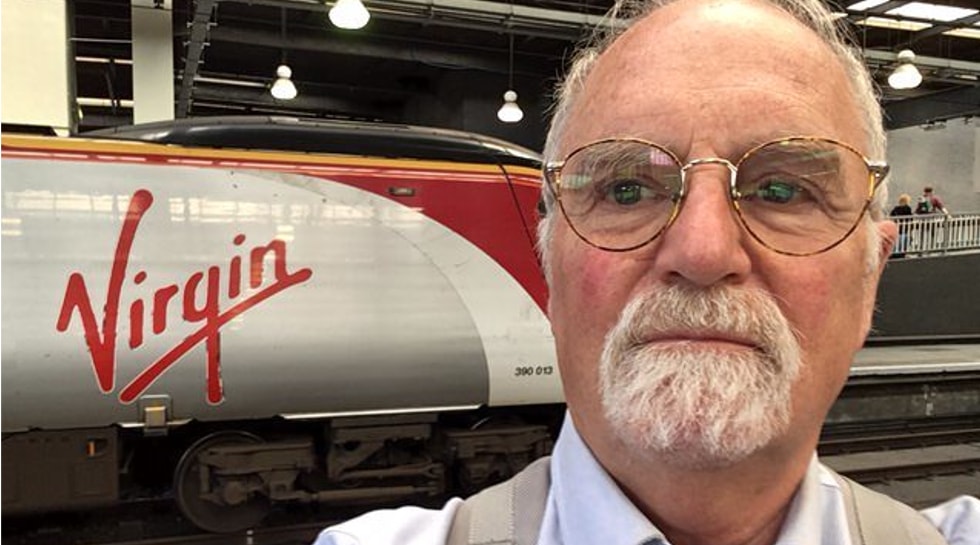
Virgin Rail, of course, is a part of the Virgin Group – comprising some 400 companies – headed by Sir Richard Branson. This astonishing individual was named in a BBC poll as one of the 100 Greatest Britons of all time – and no wonder! He’s also been named the most-admired business figure in the last 50 years. Branson founded Virgin Rail in the late 1990s.
Right then and there I decided my next rail journey would be by Virgin. Accordingly, after my visit to The Lake District, on the morning of September 16, 2017, I set out for London. I caught a clunky old National Rail conveyance from Grange to Preston, Lancashire in order to rendezvous with the train of my dreams. My heart was thumping.
This dream-train – this mirage of engineering elegance – quietly materialized at the Preston station punctually at 11:23, on the dot. I wouldn’t have been more awestruck if the Queen herself had rolled up in her Gold State Coach. What a marvel this train was! I felt like a child.
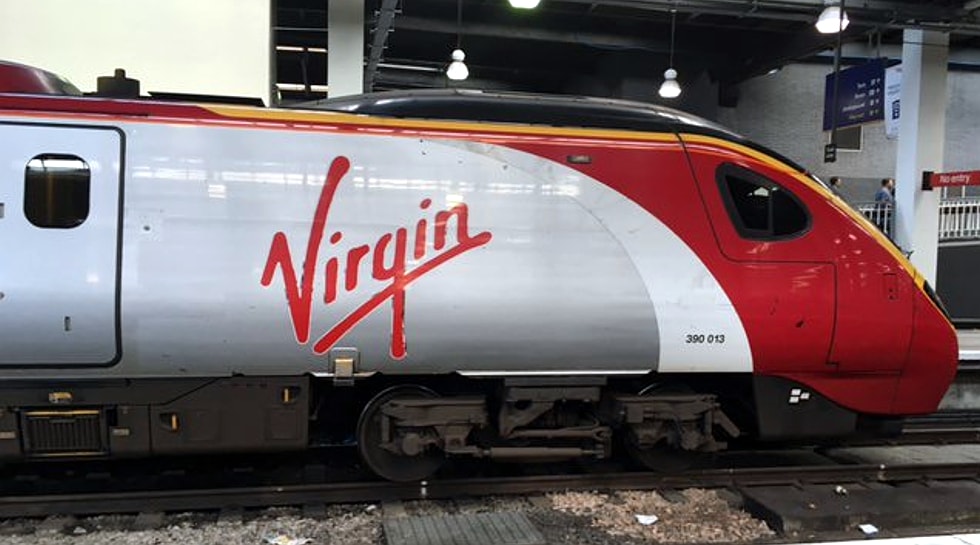
In due course, I took my reserved seat; most seats faced away from the direction of travel,which struck me as odd. One woman passenger asked me, with alarm, “Which way are we going?” She clearly wanted to be looking forward. It occurred to me that in the event of a collision, one would be better-off facing away from it; but then, you might have the bad luck to be hit from behind. Also, I knew the cruising speed of these trains was about very fast, so I was astonished to see there were no seat-belts. I later learned that Virgin derailments are almost, but not quite, unheard-of.
The seats themselves were exceptionally smart-looking and comfortable, even in Standard Class. The crew was polite, and very well turned-out. When I went looking for the loo, for instance, one smiling attendant said, “Why, you’ve just passed it, luv! The red door on your left. Cheers!”
It’s really great to be called “luv” when you’re far from home; it made me pause and smile inwardly.
This sort of thing happened to me every day in the north of England. I must have the knack of appearing somewhat dotty, and in need of redirection. This may have something to do with being seventy.
The main train used by Virgin is called the Pendolino, which is Italian for “small pendulum” – hinting at its ability to take corners at incredible speeds. As we whipped into each bend, the train perceptibly leaned into the curve, much like a motorcycle does. This has a funny effect on your innards, which are still vertical – but it’s quite a thrill, and gives you a sense of confidence in the system. I felt like exclaiming, “Vroom!” It’s much more fun than flying.
The typical Pendolino set-up is an electric locomotive with nine cars, able to transport about 500 passengers. It’s manufactured in Italy by French-Italian consortium, with the fancy name Alstom Ferroviaria. It travels on conventional rails and is capable of speeds up to 250 mph, although the practical limit with the current track system in the UK is 125 mph. In 2006, the Pendolino set the speed record for the Glasgow to London run – 401 miles in just under 4 hours – quick work, indeed.
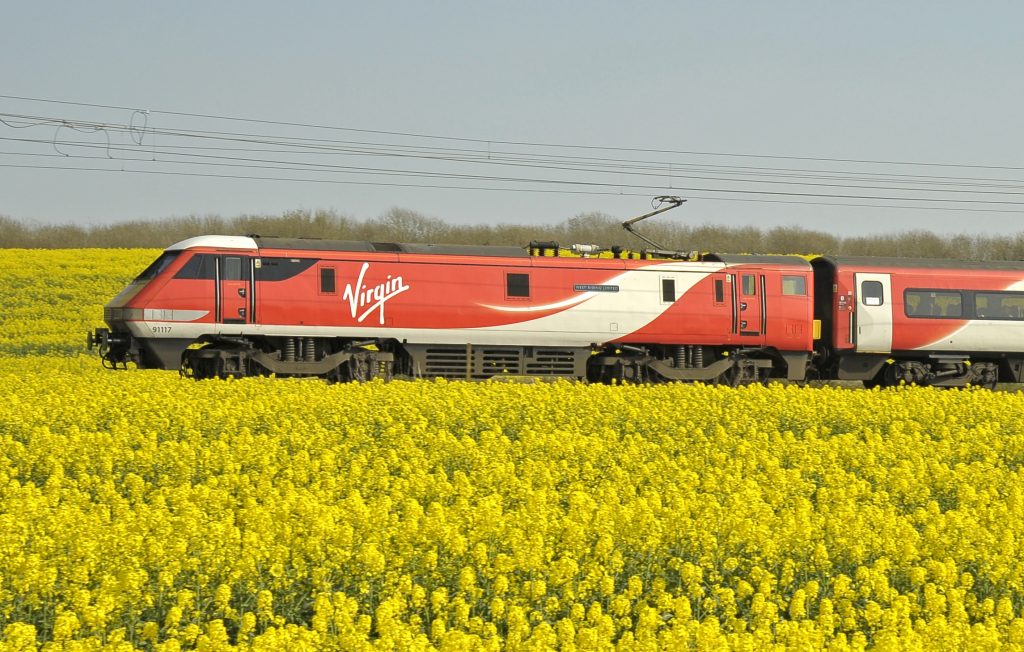
The first “High Speed Train”, the Tokaido Shinkansen, originated in Japan in 1964. Dubbed the “Bullet Train”, it did the Tokyo-Osaka route, and still does today. Interestingly, this route is the busiest in the world, with an annual ridership of an incredible 5.3 billion. And – wonder of wonders – the mighty Shinkansen hasn’t had a single fatal accident in its entire 53 year history.
The advantages of High-Speed Rail (HSR) are tremendous:
- No queueing, no security searches.
- Saves time! On distances of less than 400 miles, HSR can deliver passengers from downtown to downtown faster than flying.
- 8 times more energy-efficient than planes, 4 times more than motor vehicles.
- Compatible with clean sources of electricity: wind, solar, tidal, geothermal.
- Commuters arrive refreshed. This increases job productivity and satisfaction.
- HSR is convenient and comfortable. Read, snack, plan, chat, sleep….
- Results in less congestion on roads and at airports – so there’s less need to expand highways and airports.
- New rail infrastructure creates many “green” jobs.
- Rail transport is much safer than driving.
- Each $1 invested in this type of infrastructure generates $4 in economic spin-off.
Most developed nations – from Austria to Uzbekistan – have high-speed train systems. I am appalled that my own country – dear old polite, slowpoke Canada – has none – and no plans for any. In fact, Canada is alone among G7 countries in this respect. This is a great shame; we need to get going on this.
I’ll bet Sir Richard could advise us – get us up and running in no time.
In any case, after two hours of daydreaming, snacking, wifi-ing and looking at the gorgeous English countryside, the Virgin and I glided noiselessly into Euston Station, London. You will have gathered I had zero knowledge of HSR before this trip, but I can tell you, it was love at first sight – and I can’t wait to do it again.
Now I think I’ll drop Sir Richard a line in appreciation of his splendid Virgin service, and suggest he offer us laggardly Canadians some advice on establishing a high-speed rail service of our own. I’m sure he knows the Prime Minister.
No more sloth! No more excuses! Time for us to get off our backsides – and onto High-Speed Rail!
Vroom!


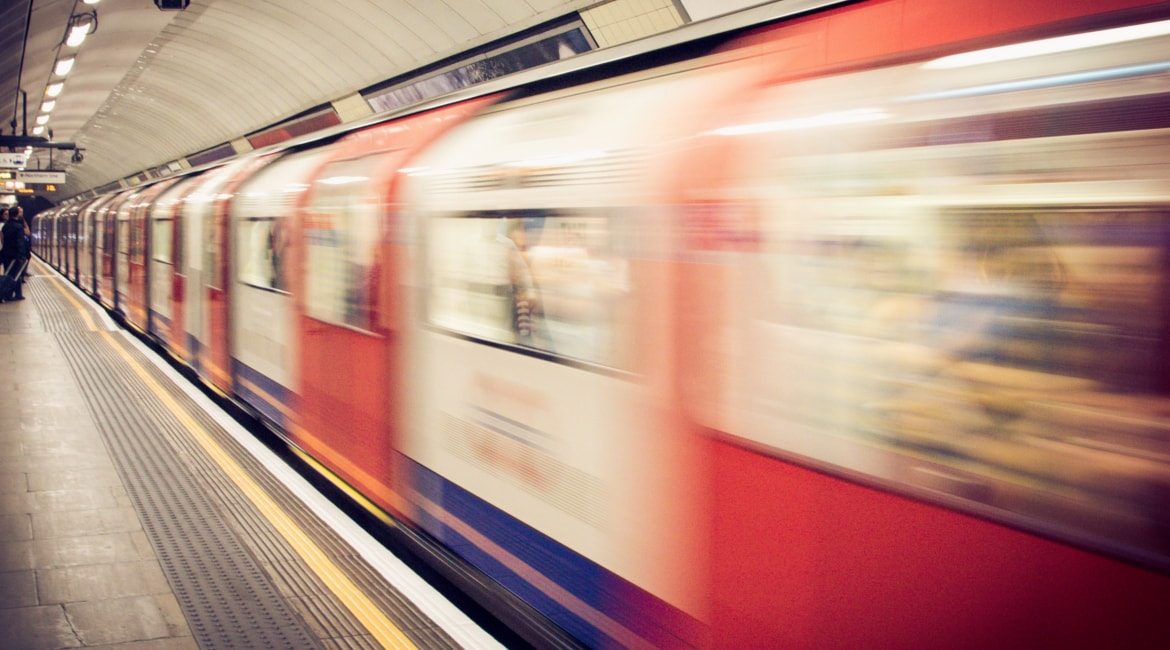
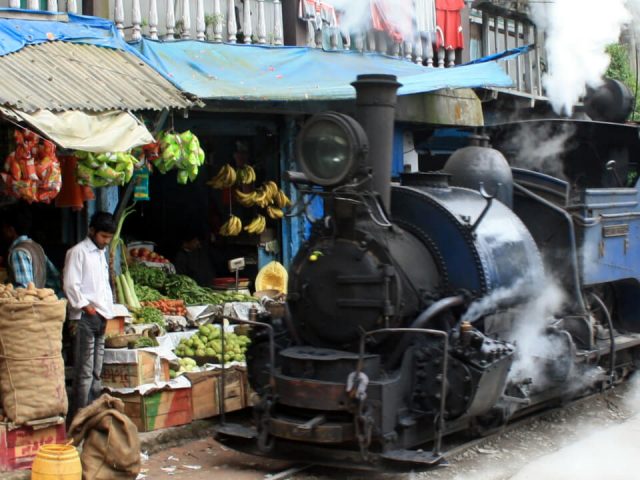
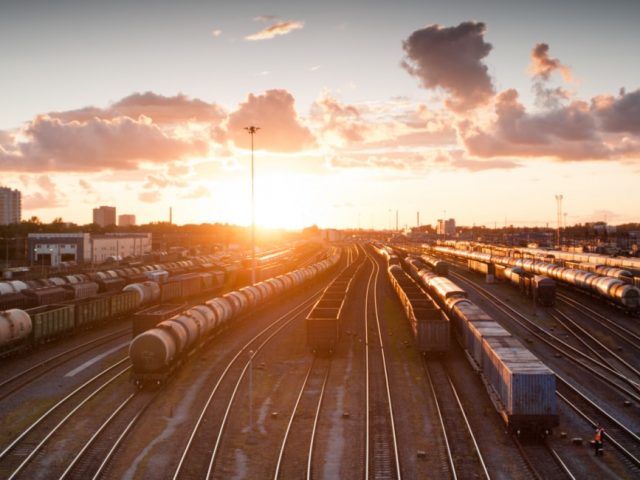

Facebook Comments